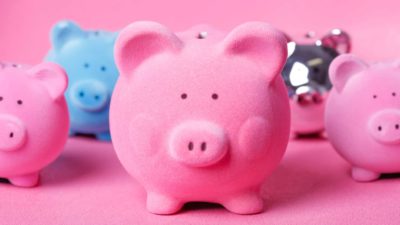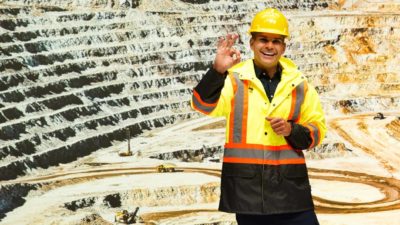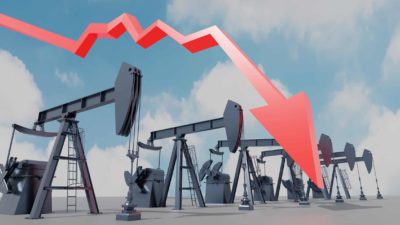Australia is today officially in recession for the first time in 29 years.
The Australian Bureau of Statistics (ABS) has just released data which confirms that Australia's gross domestic product (GDP) fell by 7% in the quarter ending 30 June 2020. It's the largest single drop in quarterly GDP for the Australian economy on record.
Australia in recession
GDP is the metric used to measure the monetary value of all goods and services sold in an economy. A recession is officially defined as 2 consecutive quarters of negative GDP growth. Seeing as the Australian economy recorded a fall in GDP of 0.3% for the quarter ending 31 March, today's data means we are officially in recession for the first time in almost 3 decades.
Michael Smedes, the head of national accounts at the ABS, had this to say on the data:
The combined effect of the pandemic and the community and government responses to it led to movements of unprecedented size, not only in GDP but also in many of the other economic aggregates… The global pandemic and associated containment policies led to a 7.0 per cent fall in GDP for the June quarter. This is, by a wide margin, the largest fall in quarterly GDP since records began in 1959.
The drivers for this precipitous drop in GDP for the June quarter were a 7.9% drop in private demand, which in turn was triggered by a 12.1% fall in household consumption expenditure. Spending on services such as vehicle operations, transport, hotels, cafes and restaurants was down 17.6%.
Meanwhile, savings rates were unsurprisingly up for the quarter, with the savings-to-income ratio climbing from 6% to 19.8%. That was despite total hours worked falling by 9.8% (the sharpest on record). Social assistance benefits (such as JobSeeker) rose by a record 41.6% as well.
What do these numbers mean for ASX shares?
These numbers are a stark reminder that we are facing a once-in-a-generation economic event. Up until now, the effects of this economic catastrophe have been somewhat masked by the record levels of government assistance that have been pouring into the economy. This has helped many ASX businesses, in turn, stay afloat and even prosper during these tough times.
However, I think investors need to brace for the next 12 months, which will see programs like JobSeeker pared back substantially and eventually wound down. The first of these pare backs for the JobKeeper payment will come into effect on 28 September. The coronavirus supplement will also be curtailed on 24 September down to $250 a fortnight (down from the current $500). It is currently scheduled to end altogether on 31 December.
All ASX shares are going to have to ride this wave down, and some will fare better than others. It's going to be a tough few years for the Australian economy. My advice is to make sure the companies in your portfolio are well-equipped for these tough times.








